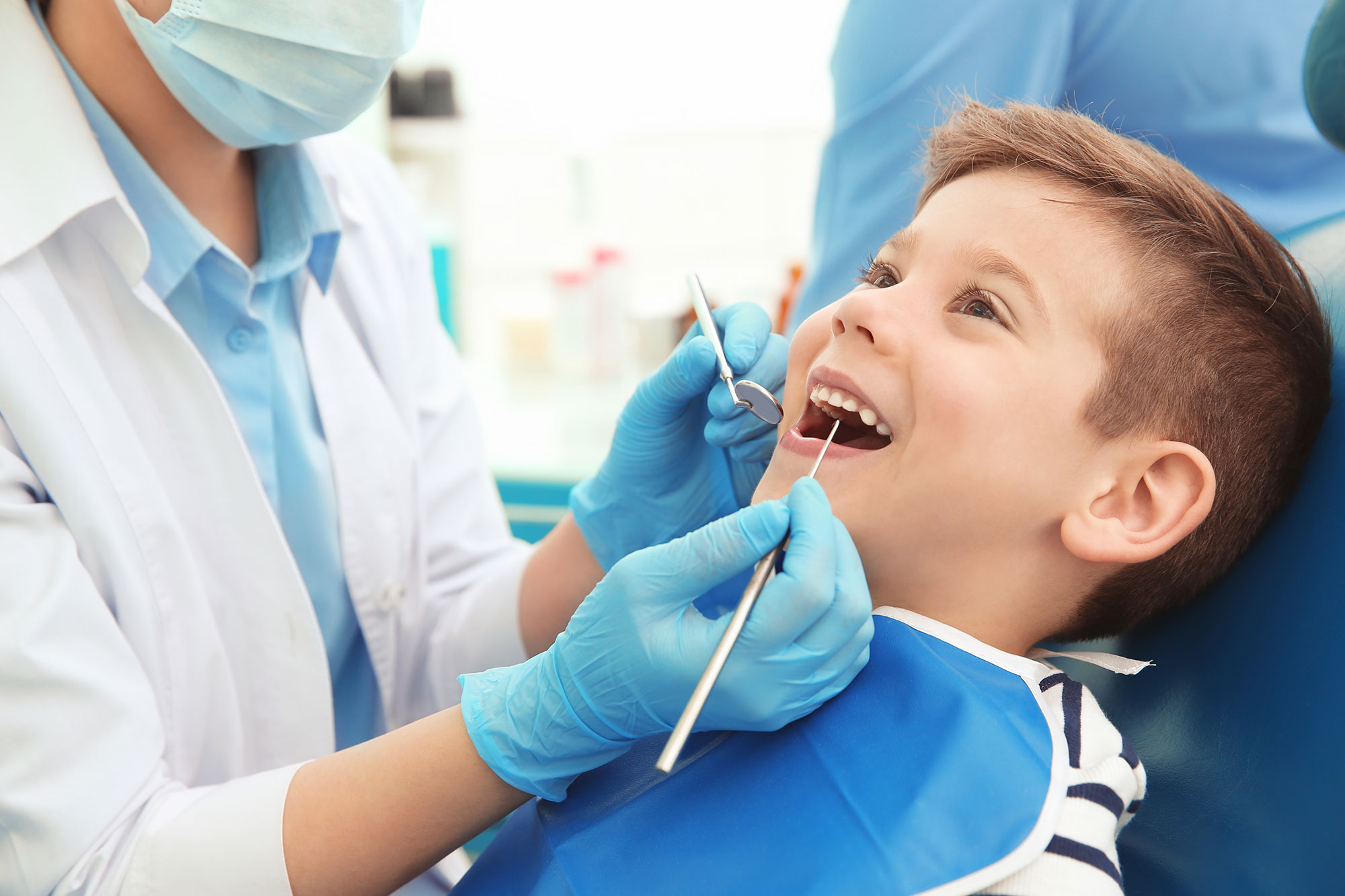Teeth whitening is the Number One cosmetic service requested at dentist’s offices like Main Line Center for Dental Excellence, and across the country. In fact, Americans spent over $1.4 billion on whitening products last year. The desire for a brighter, whiter smile has been around forever, and it is one of the most common cosmetic concerns that people have about their appearance.
There are several things that can affect how bright your teeth appear, including diet, medications, smoking, genetics, age, and the type of stains you have. The ADA recommends consulting your dentist for the best advice and treatment options to achieve your desired results.
Most at-home and professional whitening treatments treat extrinsic stains, or discolorations on the surface of your teeth. These can be caused by consuming certain foods and beverages, such as red wine, coffee, tea, berries, soda, tobacco, and more. In addition, the natural aging process can cause your teeth to become darker as the core substance, dentin, thickens and yellows over time due to regular wear and tear from chewing for years.
The most popular whitening options typically involve a combination of hydrogen peroxide, carbamide peroxide, and/or bleaching agents. These are placed on your teeth for 30 to 45 minutes daily for a few weeks or longer. Most people see a difference of two to seven shades in their tooth color after whitening with these treatments.
You can also use a simple home recipe to whiten your teeth. Baking soda and hydrogen peroxide are both effective, and this is a safe, inexpensive method of whitening your teeth at home. Simply place a small amount of the solution on your toothbrush and scrub it into your teeth for a few minutes. Rinse and repeat as needed.
Another option is to swish some oil like sesame, coconut, or sunflower in your mouth for 20 minutes each day. This reportedly helps whiten teeth by breaking down plaque and dissolving stains, but more research is needed to support these claims.
You should always avoid DIY whitening recipes and products that contain ingredients with insufficient evidence of safety, such as activated charcoal or lemon juice. These are likely to be too abrasive and can damage the enamel of your teeth over time.
It is important to understand that whitening results vary from person to person, and even with regular touch-ups, your teeth may not reach their ideal shade. It is also important to note that whitening only works on surfaces of your teeth, and does not remove brown or gray spots on the gums, crowns, fillings, or artificial veneers.
It is also essential to take special care during the first 24-48 hours after a whitening procedure. This is because the sensitivity of your teeth increases during this period, and they are more susceptible to stains. It is recommended that you avoid drinking or eating anything staining during this time, and to brush your teeth gently with a soft-bristled brush and non-abrasive toothpaste.blanchiment dentaire
